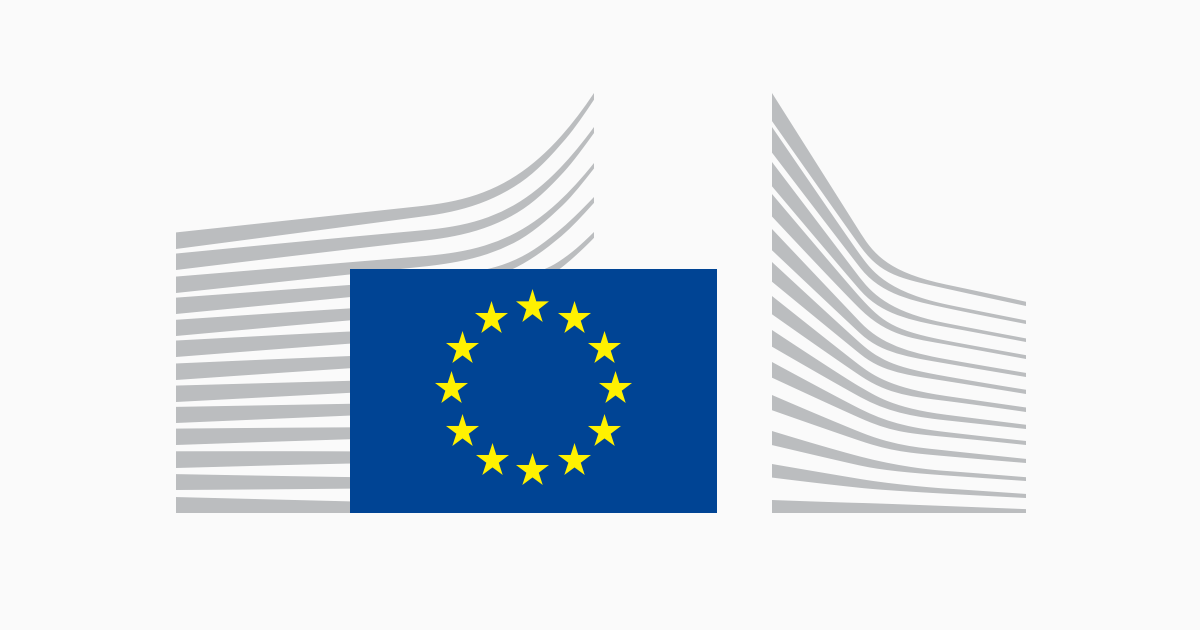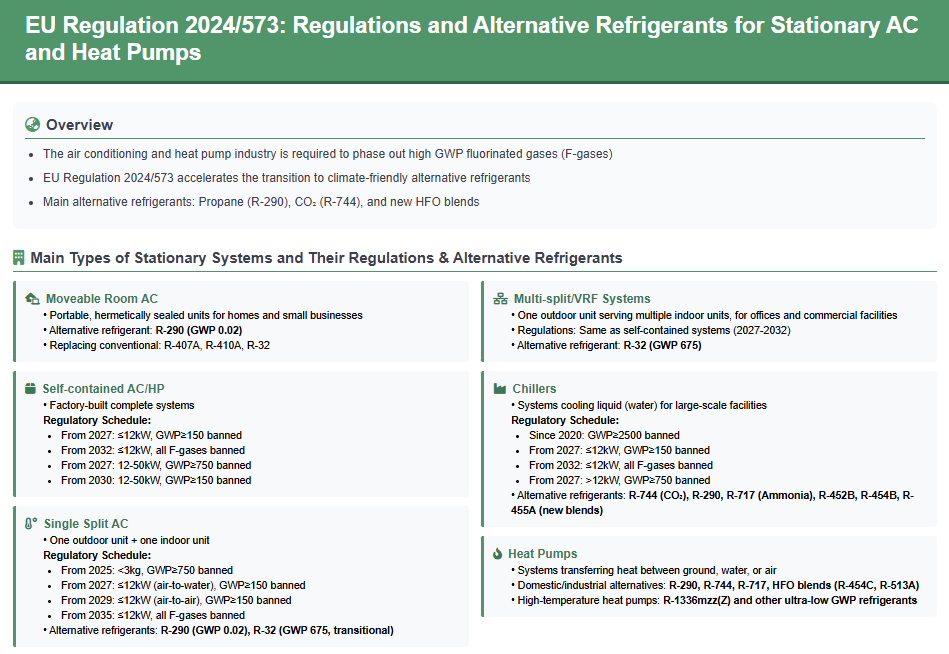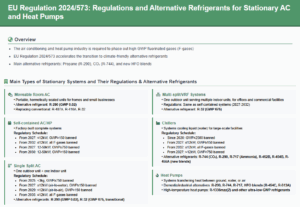

A major shift toward climate-friendly cooling technologies is underway in the EU
The European Union has introduced sweeping regulations to change how air conditioning and heat pumps are used across the continent. The goal is to cut down on harmful fluorinated greenhouse gases (F-gases), which are widely used in cooling systems but are thousands of times more damaging to the climate than CO₂. These new rules cover everything from small room air conditioners to large industrial chillers, and they set strict deadlines for phasing out high-GWP (Global Warming Potential) refrigerants.
For households, this means that from 2025, single split AC units containing F-gases with a GWP of 750 or higher will no longer be allowed. By 2027, restrictions will expand to heat pumps and split systems with a GWP over 150, while by 2035, almost all split systems relying on fluorinated gases will be banned. Similarly, self-contained AC units like monoblocks or plug-in models will face bans starting in 2027.
In the commercial sector, multi-split systems, VRF units, and chillers must also switch to low-GWP or non-fluorinated refrigerants. For example, chillers above 12 kW using gases with a GWP higher than 750 will be prohibited from 2027. Meanwhile, mobile cooling for cars, buses, trains, and ships is also moving toward alternatives such as CO₂ (R-744), propane (R-290), and even natural air (R-729).
What makes these changes possible are the new climate-friendly refrigerants. Substances like R-290 (propane), R-744 (CO₂), and R-717 (ammonia) offer nearly zero climate impact compared to older refrigerants such as R-410A or R-134a. Some newer hydrofluoroolefins (HFOs) like R-1234yf are already being used in cars, especially in electric vehicles that need extra cooling for batteries.
This shift will not only reduce Europe’s carbon footprint but also push the global cooling industry toward safer and more sustainable solutions. Companies will need to redesign products, households will see new energy-efficient systems, and businesses in Asia and North America may soon face similar regulations as pressure to meet climate targets grows. The EU is positioning itself as a world leader in climate-friendly cooling, and these policies could spark innovation across the globe.
Key Concepts Explained
- F-gases (Fluorinated Greenhouse Gases): Man-made gases used in refrigeration and air conditioning that trap heat much more effectively than CO₂. Reducing them is essential for fighting climate change.
- GWP (Global Warming Potential): A measurement that shows how much heat a gas traps compared to CO₂. For example, R-410A has a GWP over 2,000, while propane (R-290) has a GWP close to zero.
- Heat Pump: A system that can both heat and cool by moving heat between indoors and outdoors. When paired with clean refrigerants, heat pumps can become one of the most sustainable options for homes and businesses.



